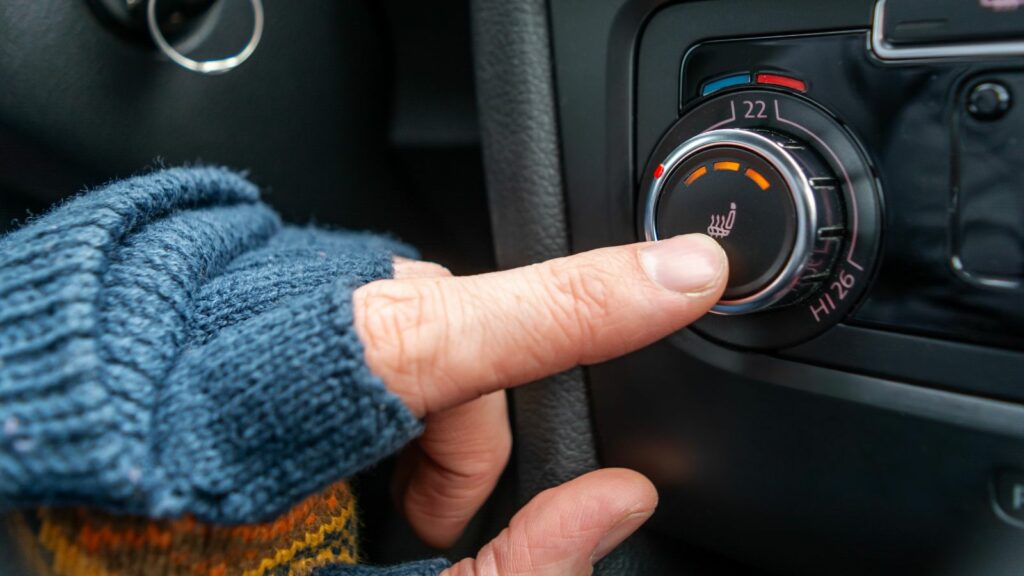When winter grips Canada and the northern U.S., the natural instinct is the same for just about every driver climb into your freezing cold car, twist the knob or push the button, and crank the heater up to full blast. After all, nobody wants to shiver behind the wheel while waiting for the ice to melt from the windshield. But according to mechanics, this common practice is not just inefficient, it can actually make your car less effective at warming up and, over time, can shorten the life of your heating system. Here is why you should resist the urge to go full blast the second you turn the key.
Cold Engines Need Time to Build Heat
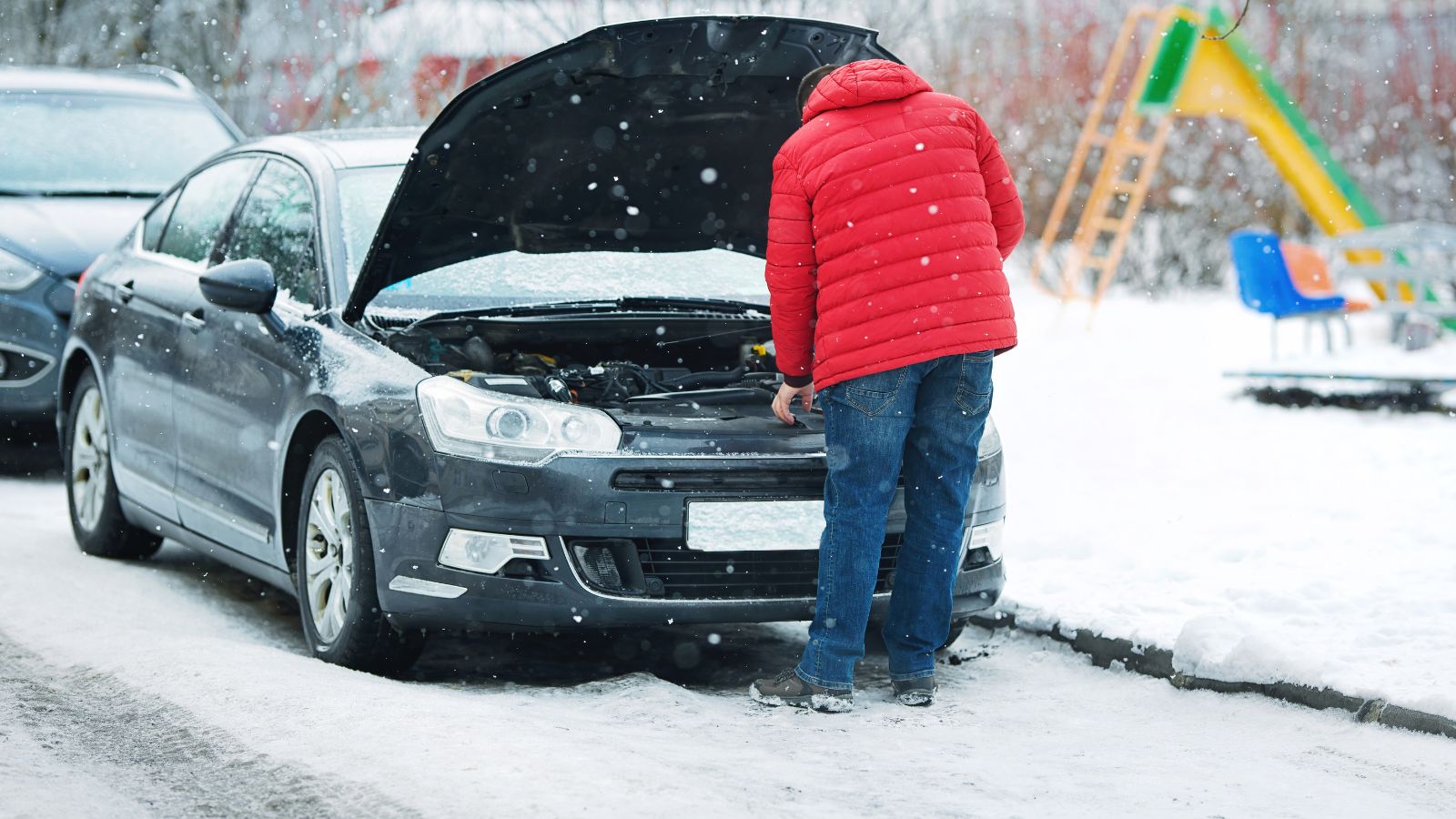
Your heater does not create heat on its own it borrows it from the engine. Specifically, it uses hot coolant that circulates through the heater core, essentially a miniature radiator inside the dashboard. When you first start your car on a frigid morning, the coolant is still ice cold. That means there is no warmth to pull into the cabin. Turning the fan to its highest setting right away only blows cold air into the car, making it feel even less comfortable. Mechanics explain that it is better to let the engine build a little heat first so the heater can actually deliver warm air instead of an arctic blast.
It Slows Down Warm Up Times
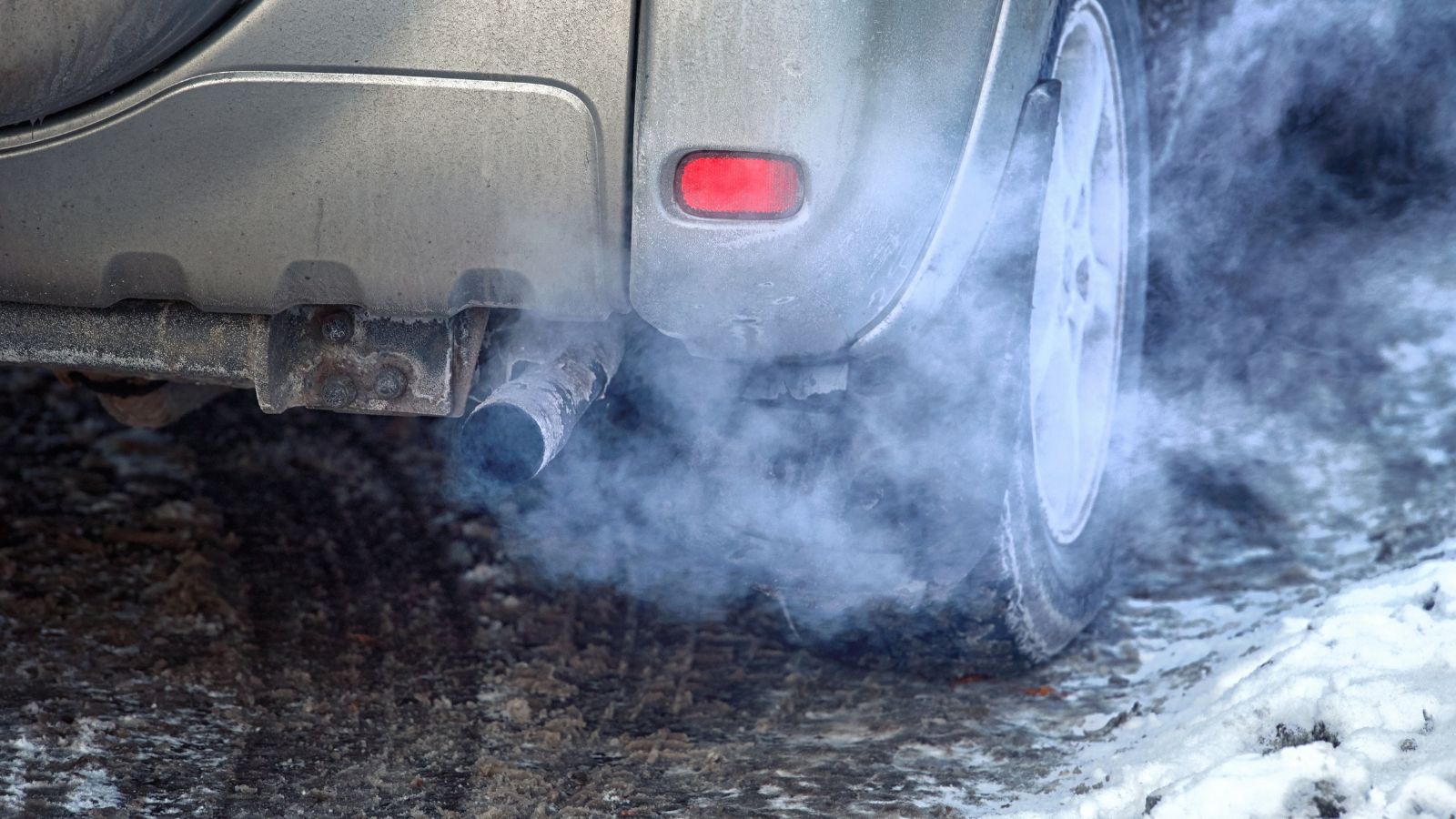
Engines are designed to get up to their proper operating temperature as quickly as possible. At that point, they run smoother, burn fuel more efficiently, and produce fewer emissions. When you crank the heater immediately, the blower fan pulls what little warmth is developing away from the coolant. This means it takes longer for the engine to reach its sweet spot. Ironically, that delays how long you have to sit and wait for warm air. A little patience results in a faster warm up, better efficiency, and a more comfortable cabin.
Strain on the Battery and Blower Motor
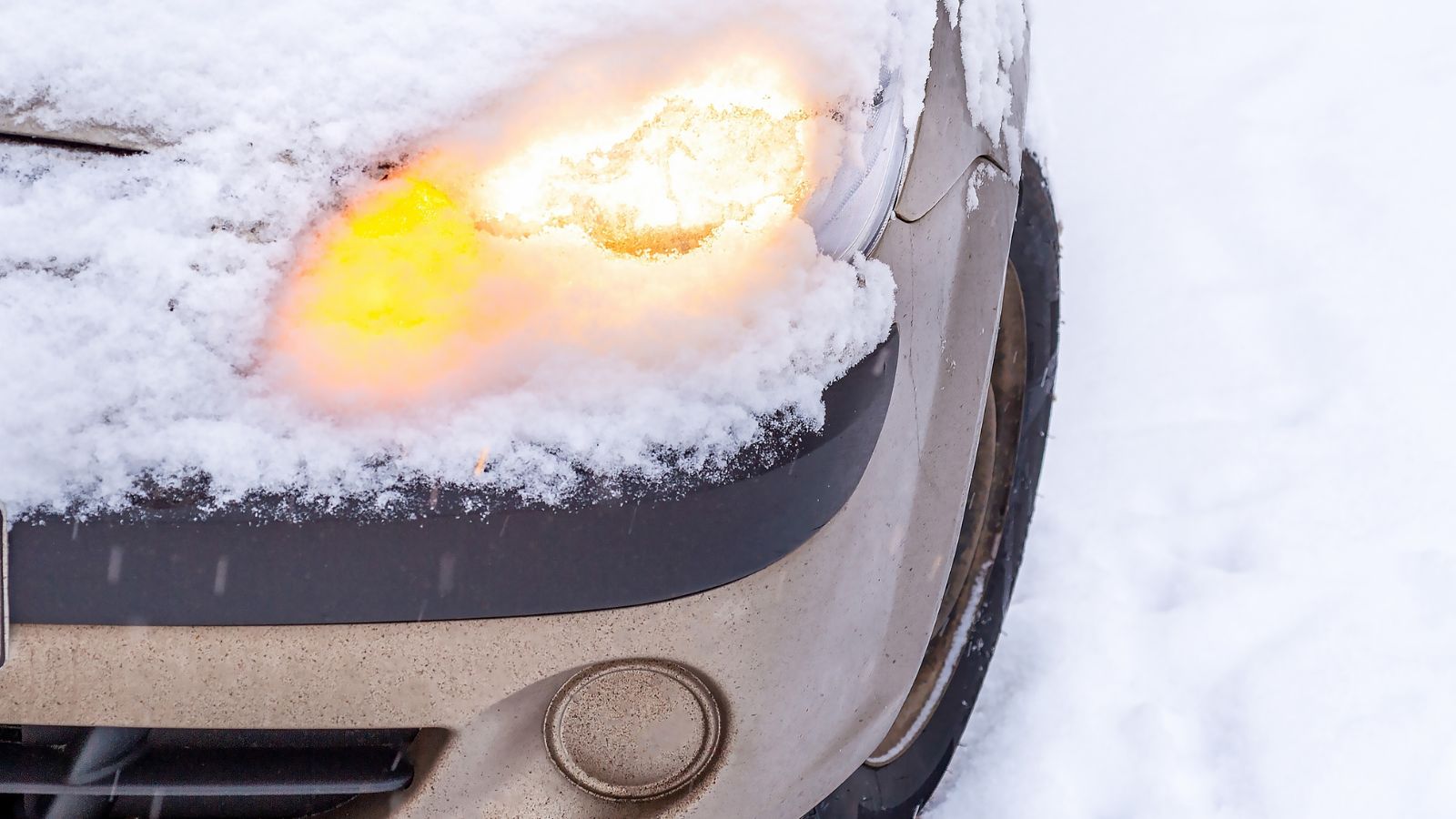
Cold mornings are especially hard on batteries. Oil is thick, the starter motor works harder, and the battery itself delivers less energy in subzero conditions. When you instantly pile on the electrical load by blasting the heater fan, activating the rear defroster, and switching on seat warmers, you put unnecessary stress on the system. Mechanics say this can be the final straw for older batteries that are already weak. The blower motor itself can also wear out faster if it is constantly run at maximum speed in freezing conditions. Giving your engine a minute or two before adding these loads reduces the risk of draining the battery or overworking components.
Foggy Windows Can Get Worse
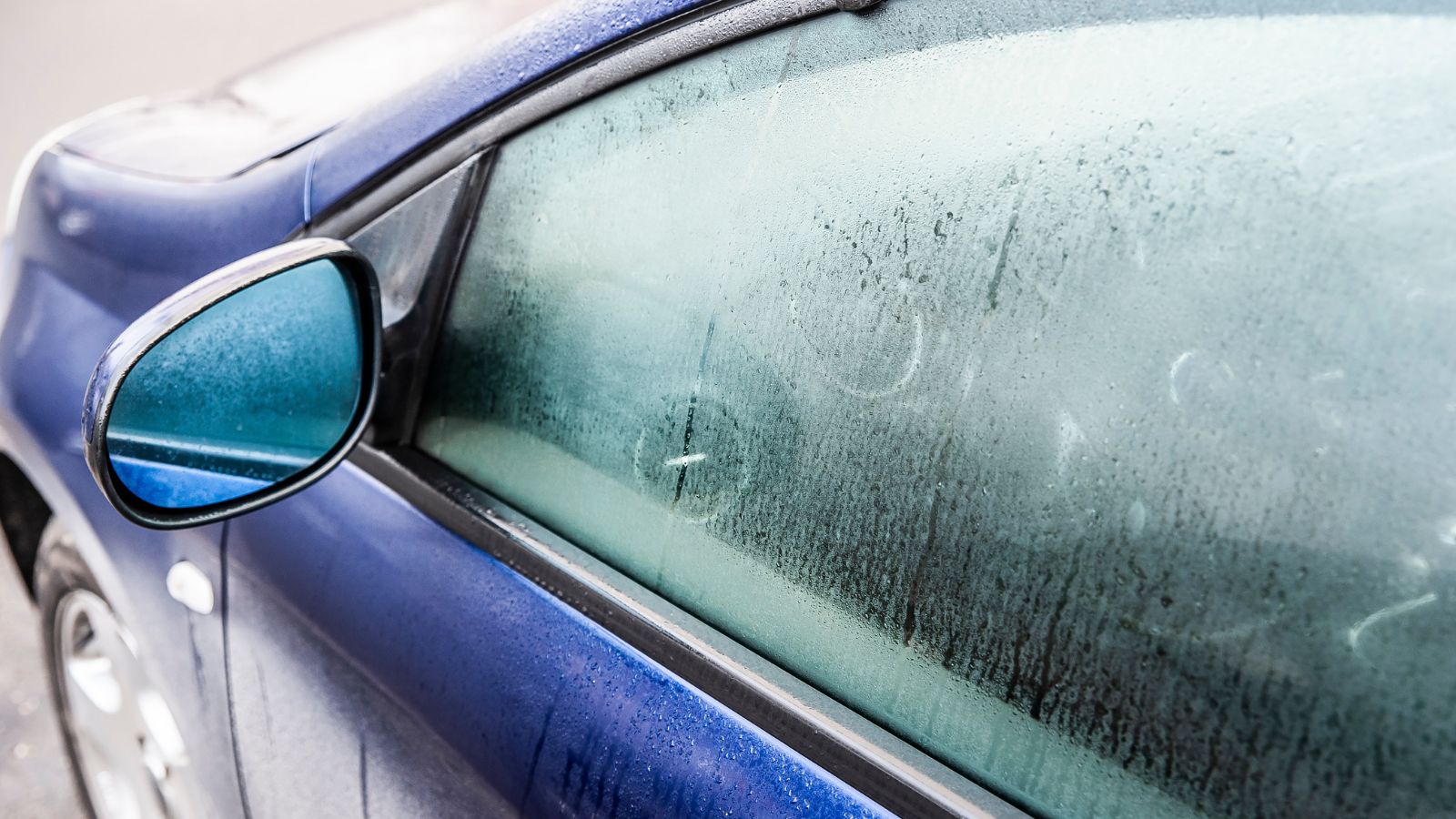
It is a common myth that cranking the heater on full helps clear the windshield faster. In reality, the opposite can happen. When you blow cool or barely warm air across a frozen windshield, the sudden change in temperature increases condensation and can fog the glass more. This moisture then freezes or smears, making visibility worse. Mechanics recommend waiting until the air coming from the vents is genuinely warm before switching the blower to the windshield setting. Warm, dry air clears frost and condensation faster and keeps the glass from fogging back up.
Comfort Takes Longer, Not Shorter
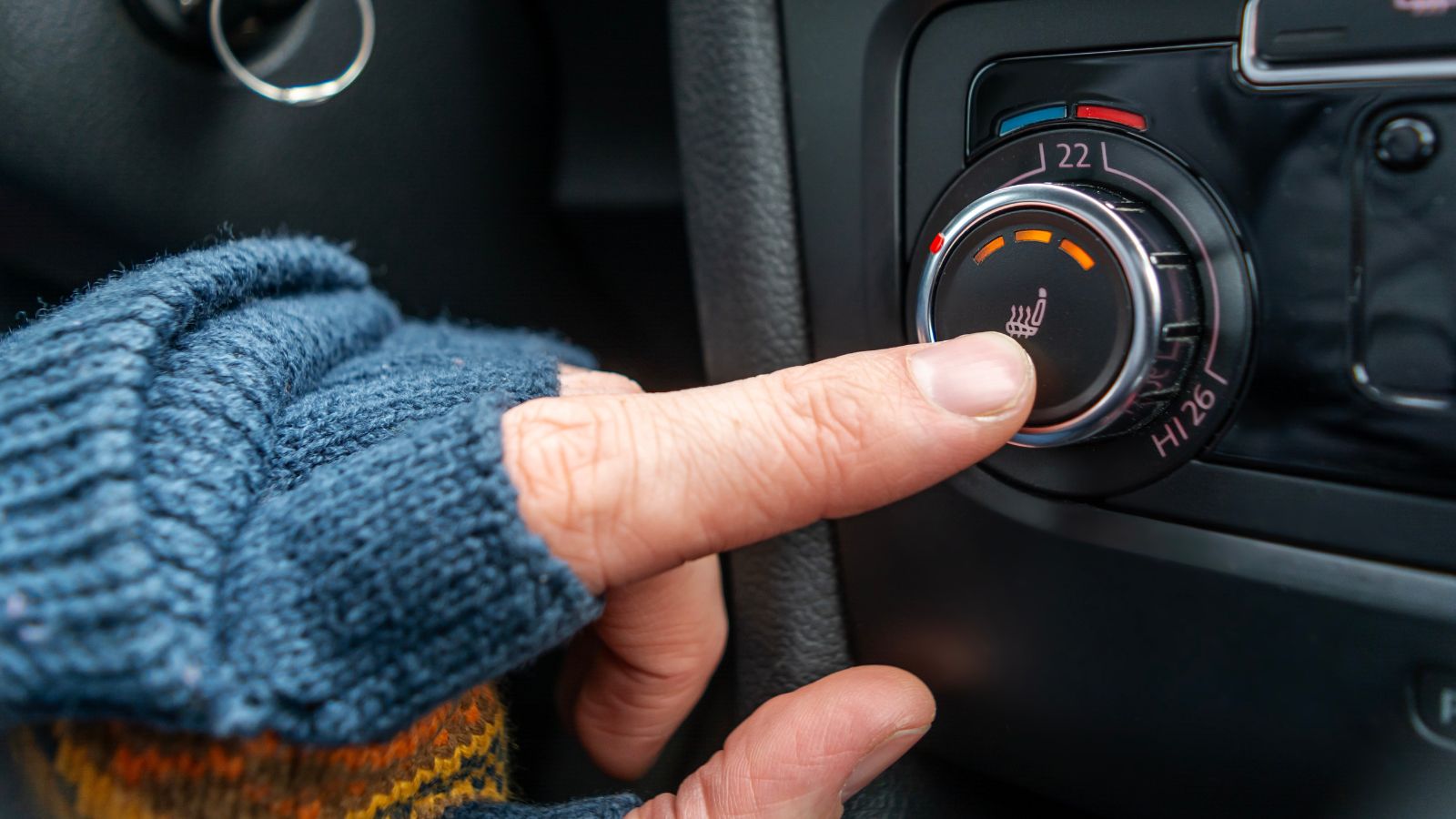
It is tempting to believe that full blast heat equals faster comfort, but the science says otherwise. Until the coolant warms, the heater is just moving cold air around the cabin. Drivers often crank the heat, then complain that their car “takes forever to warm up.” In reality, the car is doing exactly what you asked it is blowing maximum air, just not warm air. Letting the car warm slightly first means that when you do turn the fan higher, it actually delivers the heat you were hoping for.
The Right Way to Do It
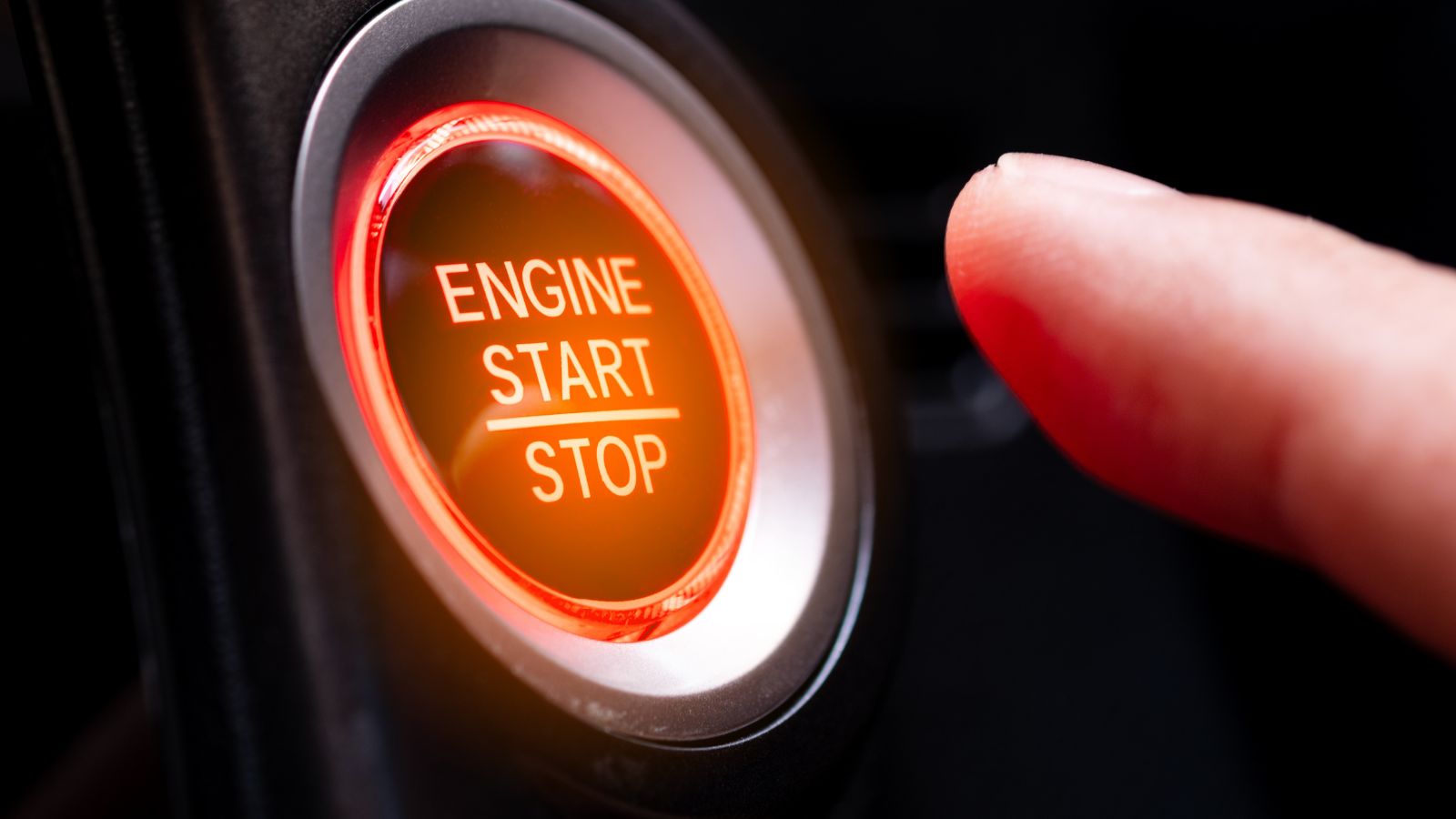
The best approach in cold weather is more gradual. Start the engine, give it a minute or two, and then turn the fan on at a low or medium setting. As the temperature gauge begins to climb, increase the fan speed as needed. This helps the engine warm faster and ensures that the air blowing into the cabin is actually warm. Modern cars are designed to heat efficiently once they are moving, so driving gently after startup will help the process along much faster than idling in the driveway. Once the coolant has built up real heat, you can safely enjoy the full power of your heater without drawbacks.
Extra Tips from Mechanics
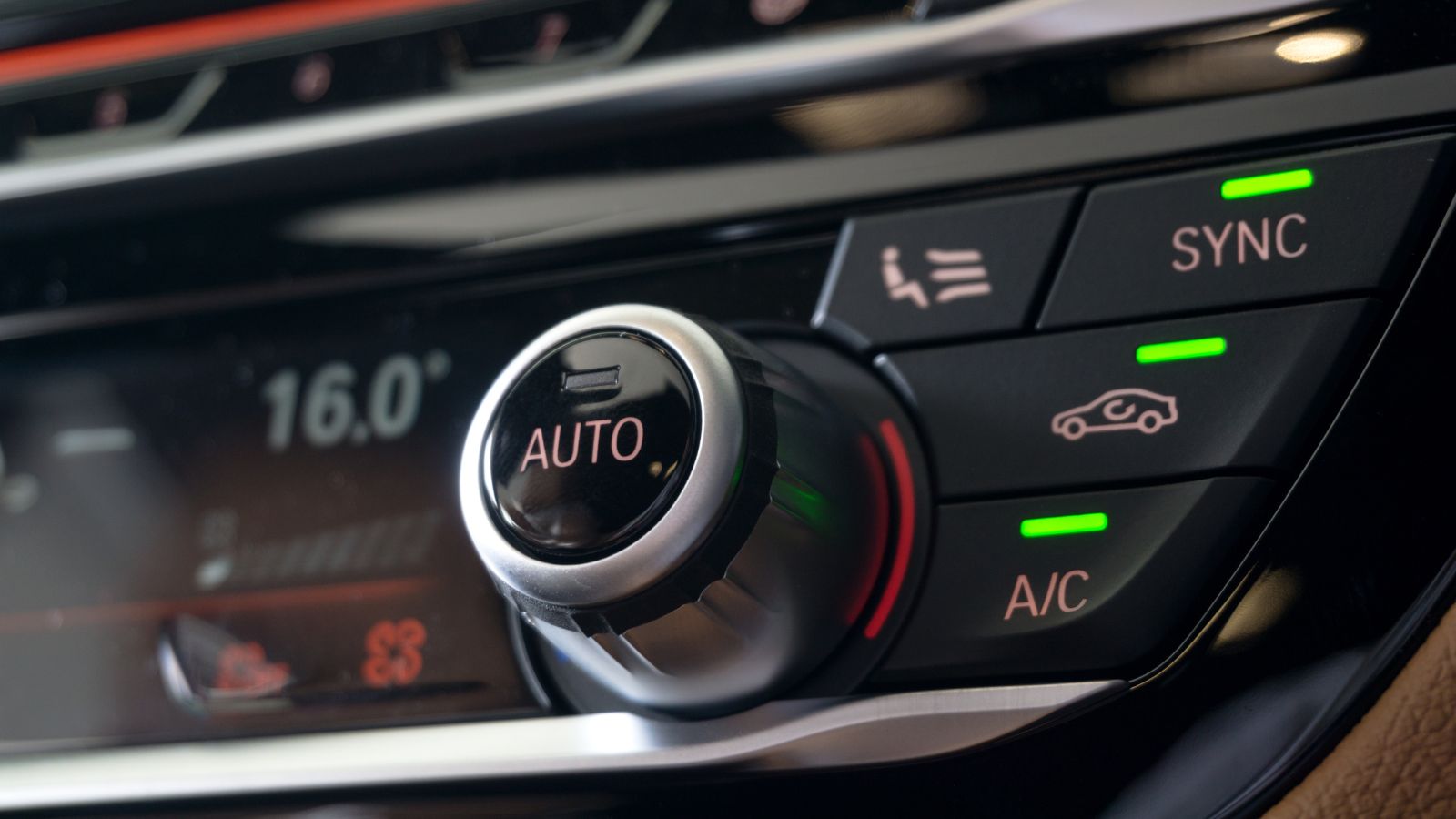
Mechanics also point out a few bonus tricks to keep in mind. If you are trying to defrost your windshield quickly, use the AC button along with the heat yes, the air conditioning system helps remove humidity from the cabin air, which speeds up defogging. Make sure your cabin air filter is clean, because a clogged one will reduce airflow and make heating less efficient. And remember that proper coolant levels are essential. If your coolant is low or old, your heater will never work at full strength, no matter how high you turn the fan.
Battery Life
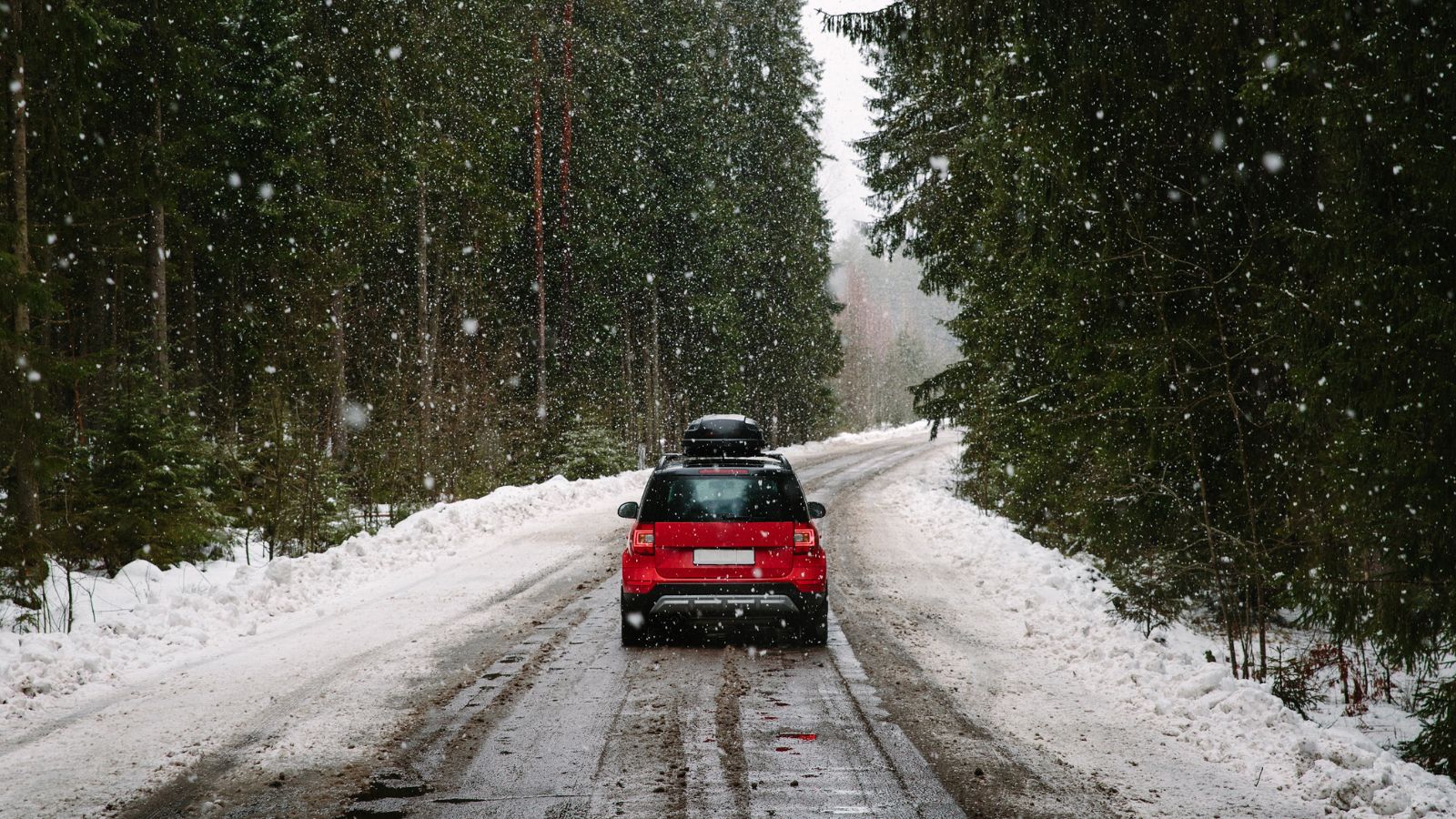
Cranking the heater to full blast the instant you start your car in the cold might feel like the right move, but it works against you. It slows the warm up process, strains the electrical system, and leaves you colder for longer. A smarter strategy is to let the engine build some heat first, then gradually turn up the fan. Not only will your car warm more quickly and efficiently, but you will also extend the life of your battery, blower motor, and heater system. According to mechanics, this simple change in habit can make winter driving more comfortable and save you money over the long haul.
25 Facts About Car Loans That Most Drivers Don’t Realize

Car loans are one of the most common ways people fund car purchases. Like any other kind of loan, car loans can have certain features that can be regarded as an advantage or a disadvantage to the borrower. Understanding all essential facts about car loans and how they work to ensure that you get the best deal for your financial situation is essential. Here are 25 shocking facts about car loans that most drivers don’t realize:
25 Facts About Car Loans That Most Drivers Don’t Realize
